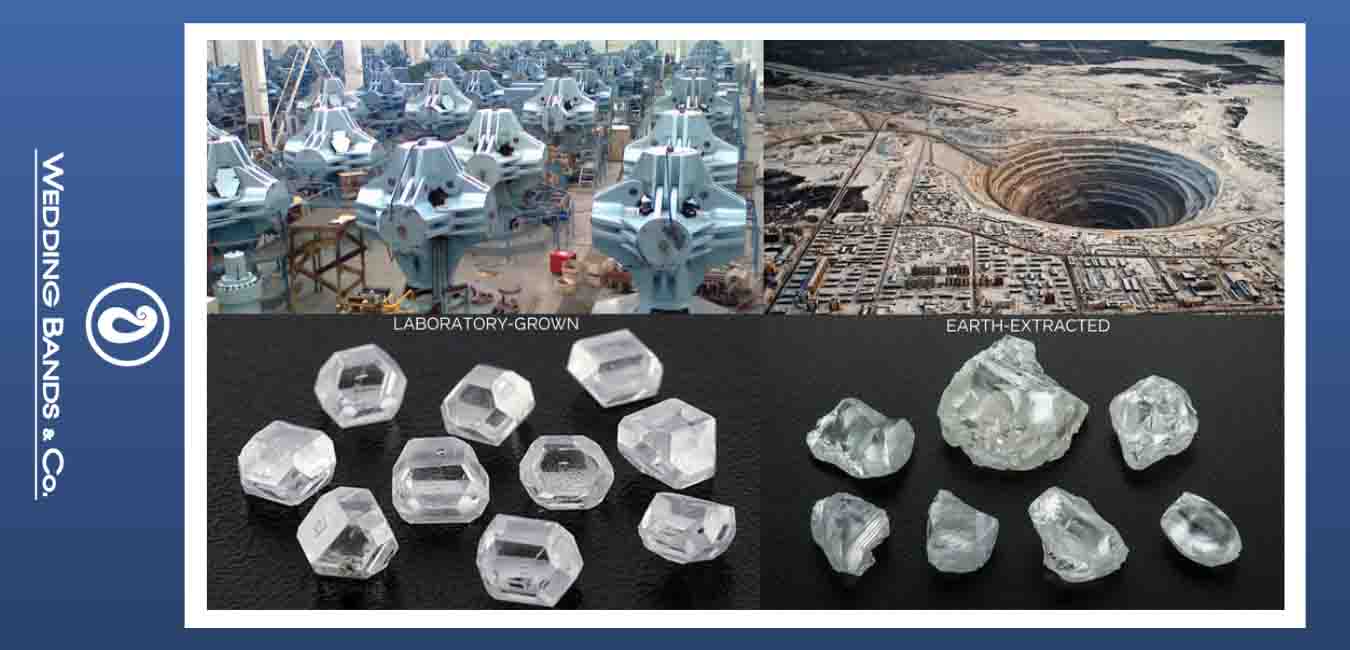Do Lab-Grown Diamonds Have Inclusions?
Posted by Koorosh Daneshgar on Jan 15th 2023

Lab-grown diamonds are identical to natural diamonds in every way except for their origin. They are created using advanced technology in a controlled laboratory setting, and they have the same physical and chemical properties as natural diamonds.
One of the key differences between lab-grown diamonds and natural diamonds is the presence of inclusions. Inclusions are natural imperfections that can be found within a diamond, such as small crystals, mineral traces, or fractures. These inclusions can affect a diamond's clarity, and they are often used as a means of identifying and verifying natural diamonds.

Lab-grown diamonds, however, are created in a controlled environment, which allows for a higher degree of control over the final product. As a result, lab-grown diamonds tend to have fewer and smaller inclusions than natural diamonds. This makes them a popular choice for those who are looking for a high-quality diamond with excellent clarity.
It's worth noting that, while lab-grown diamonds have fewer and smaller inclusions, some do still have inclusions, but they're less visible to the naked eye than those found in natural diamonds. The size, location, and visibility of inclusions in lab-grown diamonds vary depending on the specific process used to grow them.
One of the main benefits of lab-grown diamonds is that they are often significantly more affordable than natural diamonds. This is due to several factors, including the fact that lab-grown diamonds do not require the same level of mining and extraction as natural diamonds. Additionally, because they are created in a controlled environment, lab-grown diamonds can be produced in bulk, which helps to lower the cost per diamond.

Another advantage of lab-grown diamonds is that they are often considered to be more environmentally friendly than natural diamonds. Diamond mining can be a destructive process that can have a negative impact on the environment, whereas lab-grown diamonds are created in a controlled laboratory setting that does not require the extraction of natural resources.
In conclusion, lab-grown diamonds are an excellent alternative to natural diamonds. They are physically and chemically identical to natural diamonds, but they tend to have fewer and smaller inclusions, which can lead to a higher degree of clarity. Lab-grown diamonds are also more affordable and environmentally friendly than natural diamonds. While lab-grown diamonds may have some inclusions, they are less visible to the naked eye and do not affect the diamond's beauty and quality.
We'll help you to design your dream engagement ring without stress and spending countless hours searching for your perfect ring. All you need to do is click on "Free Consultation" to get started.

